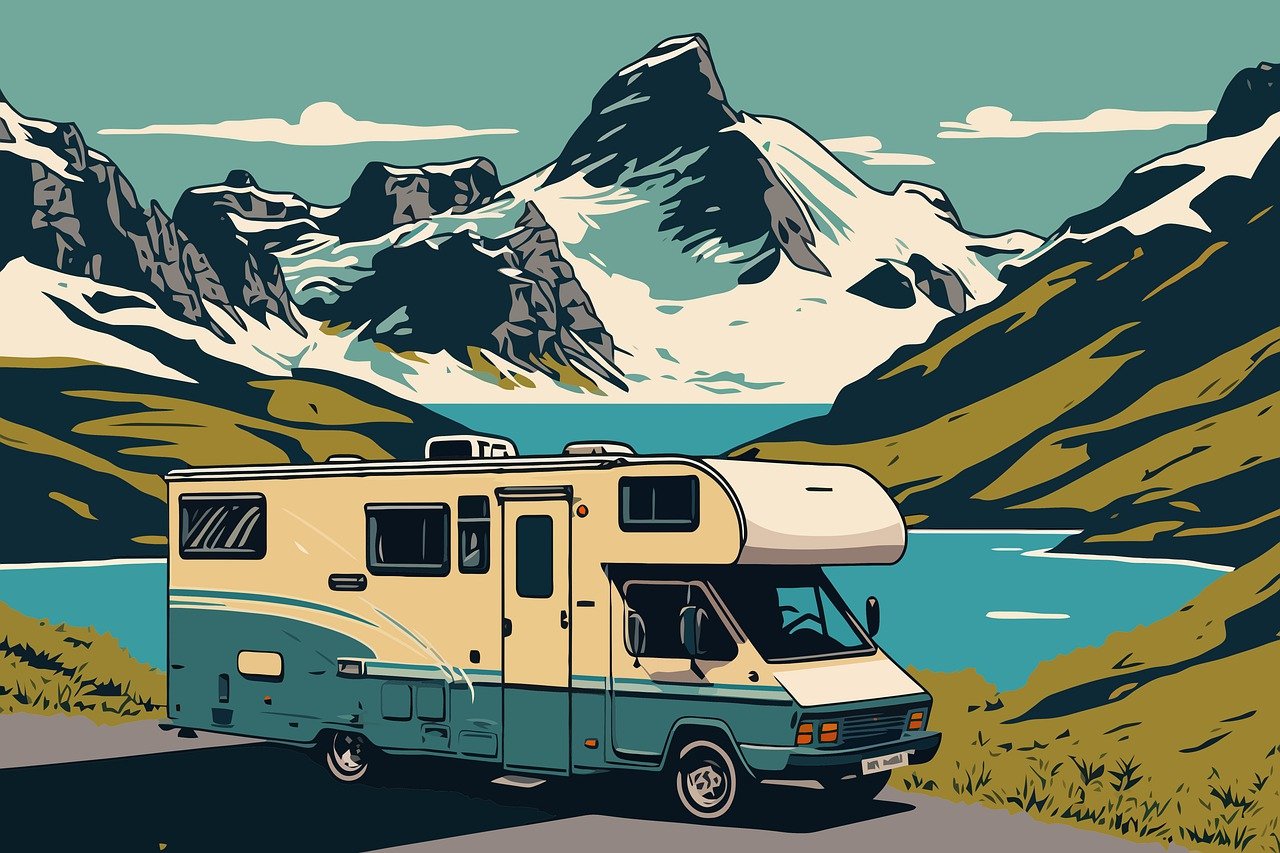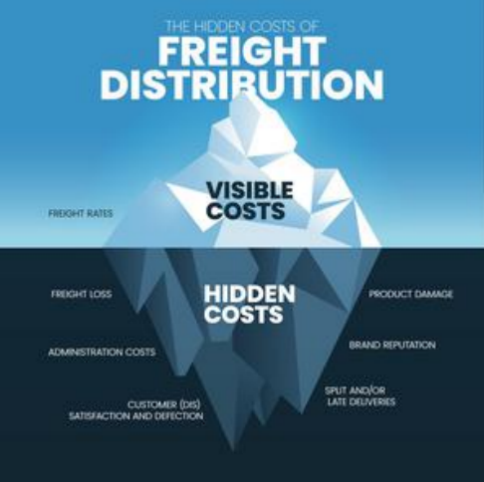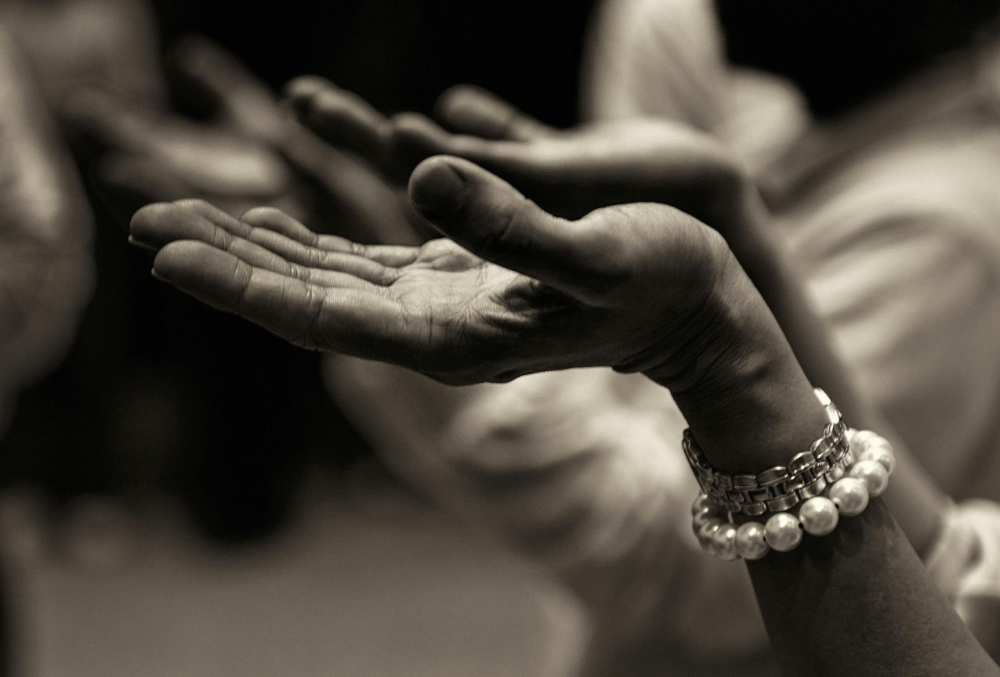The concept of homeownership is evolving rapidly. As housing costs rise and lifestyles become more flexible, non-traditional housing options like mobile homes, RVs, and tiny homes are gaining popularity. These alternatives are not only cost-effective but also align with the increasing demand for mobility and minimalism. However, financing such options can feel daunting, as they don’t fall under the umbrella of traditional mortgages. If you’re considering investing in non-traditional housing, here’s a detailed guide on how to finance these homes in today’s shifting economy.

1. Why Non-Traditional Housing is Growing in Popularity
The appeal of non-traditional housing is multifaceted. Mobile homes and RVs offer affordable living without the commitment of a traditional mortgage. Tiny homes promote sustainability and minimalism, while van life promises adventure and flexibility. In a shifting economy marked by housing affordability crises and rising interest rates, these options provide practical solutions for individuals and families seeking financial freedom.
2. Financing Mobile Homes
Mobile homes, also known as manufactured homes, are a popular choice due to their affordability. Financing options for mobile homes differ depending on whether the home is on a permanent foundation or in a mobile home park.
Chattel Loans
For mobile homes not attached to permanent land, a chattel loan is a common option. These loans are designed for movable property, making them ideal for mobile homes located in parks or rented land.
- Terms: Typically shorter (15-20 years) than a traditional mortgage.
- Interest Rates: Often higher than mortgages but lower than personal loans.
FHA Loans for Manufactured Homes
The Federal Housing Administration (FHA) offers loans specifically for manufactured homes, provided they meet certain criteria.
- Requirements: The home must be on a permanent foundation, and you must own the land.
- Benefits: Lower down payment and more competitive interest rates.

3. Financing RVs (Recreational Vehicles)
RVs serve as both a home and a vehicle, offering unmatched flexibility for travelers and nomads. Financing options for RVs resemble auto loans rather than traditional home financing.
RV Loans
These loans are offered by banks, credit unions, and specialized RV lenders.
- Loan Terms: 5-20 years, depending on the RV’s value and condition.
- Down Payment: Usually ranges from 10-20% of the RV’s price.
- Credit Requirements: A strong credit score improves your chances of securing favorable terms.
Personal Loans
For smaller or older RVs, a personal loan can be a viable option. However, personal loans typically come with higher interest rates and shorter repayment periods.
4. Financing Tiny Homes
Tiny homes have captured the imagination of many, offering sustainable living at a fraction of the cost of traditional housing. Financing a tiny home, however, can be tricky since they often don’t qualify for conventional mortgages.
Personal Loans
Many tiny home buyers opt for personal loans to finance their purchase.
- Loan Amount: Depending on your credit score, you can borrow up to $50,000 or more.
- Interest Rates: Typically higher than secured loans but accessible for smaller amounts.
RV Certification
If your tiny home is built to RV standards, it may qualify for an RV loan. This certification allows you to access lower interest rates compared to unsecured personal loans.
Tiny Home-Specific Lenders
Some lenders specialize in tiny home financing, offering competitive rates and terms tailored to the unique nature of these homes. Examples include LightStream and Tiny House Lending.
5. General Tips for Financing Non-Traditional Housing
- Improve Your Credit Score: A strong credit score increases your chances of securing favorable loan terms, regardless of the housing type.
- Save for a Larger Down Payment: A larger down payment can lower your loan amount and monthly payments.
- Shop Around for Lenders: Compare offers from traditional banks, credit unions, and specialized lenders to find the best rates.
- Understand Your Housing Classification: Whether your home is classified as personal property or real estate impacts the financing options available.
6. Alternative Financing Options
Owner Financing
Some sellers of mobile homes or tiny homes offer direct financing. This bypasses traditional lenders and may come with flexible terms.
Crowdfunding and Peer-to-Peer Lending
Platforms like GoFundMe or peer-to-peer lending sites such as LendingClub can help you raise funds for your housing purchase.
HELOC or Cash-Out Refinance
If you already own property, consider using a home equity line of credit (HELOC) or cash-out refinancing to fund your non-traditional home purchase.

Conclusion
Non-traditional housing options like mobile homes, RVs, and tiny homes are reshaping the housing market. They offer affordability, flexibility, and freedom in an economy where traditional homeownership feels increasingly out of reach. While financing these options requires navigating unconventional pathways, tools like chattel loans, RV loans, and tiny home-specific lenders make it possible to achieve your housing dreams. With a bit of research and preparation, you can embrace this new wave of homeownership and find a solution that aligns with your financial goals and lifestyle.







